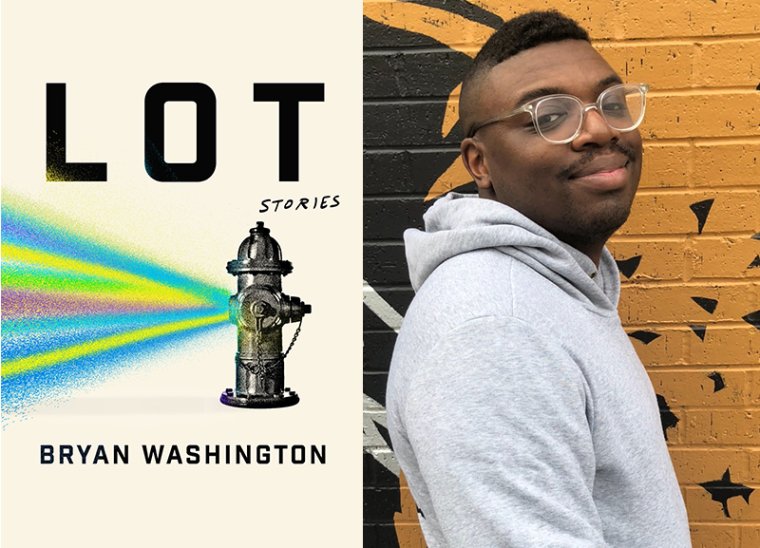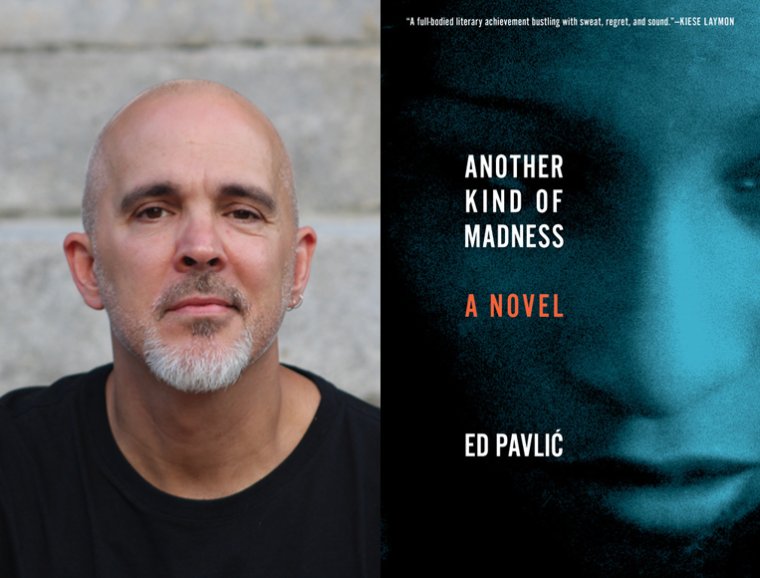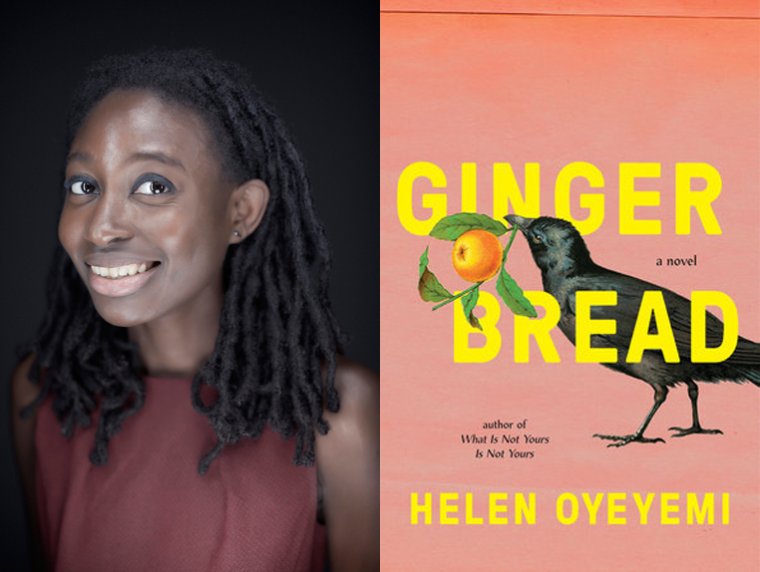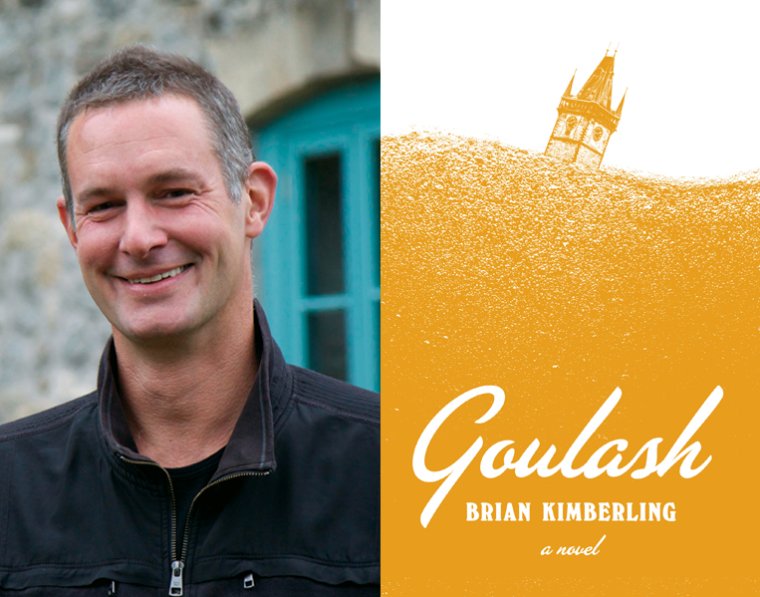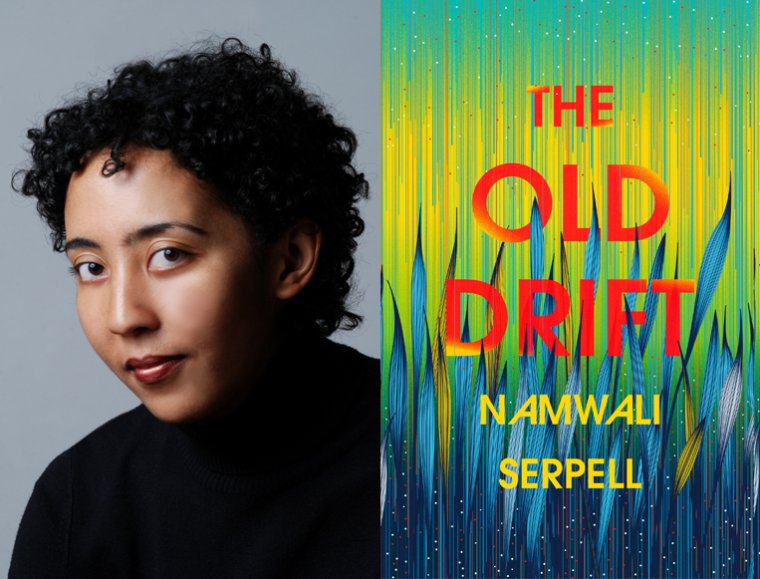1. LEPRECHAUNS, DRAGONS, AND ME
“Hey, can you really teach creative writing?” It’s a question that’s nearly bathetic in its longing for a simpler world, in which there was such a thing as talent and genius and wastebaskets full of crumpled pages. As silly and discredited as this question seems to be (considering there are over three hundred creative writing programs in the United States and more popping up each year), it persists, in one form or another, hidden in our conversations about literature like asbestos is hidden in the walls of our homes—too expensive to remove, so we deny its existence.
And yet, for those of us who actually teach writing, and therefore must regard ourselves as mythical creatures, like leprechauns or dragons, this question is a Superfund site waiting to be discovered every day of our working lives. The notion of writing as some inborn skill, like double-jointedness or the ability to guess the number of pennies in a cracker barrel, is at the heart of many difficult questions I face every day. Why don’t any of my students write second drafts? Why do I increasingly feel like my own skills are not only misunderstood but invisible? Why are my classes packed with students who wouldn’t know the proper use of a comma if one invited them upstairs and started playing Frank Sinatra albums to them? Students seem to think that there’s nothing for them to learn about creative writing. And yet, here I am, both leprechaun and dragon, teaching it.
The root of the problem—and I want to put this as glibly as possible because it’s a glib problem—is that the way we teach creative writing, in my experience, suggests that there is no way to teach creative writing. To put it another way: The problem is workshops.
It’s such a nice word, compounded of two words that couldn’t be lovelier, and yet in their unholy wedlock they mean, depending on whose frustration you’re addressing, “torture chamber” or “no one here really gives a shit” or “clueless coalition of cutups.”
These definitions are unfair, of course (especially that alliterative finale), but I must say with the determined certainty of a battle-scarred veteran that a workshop is anything but a shop where writers work.
As a product of creative writing workshops—and a guy who makes an almost middle-class living teaching them—my argument may seem akin to the rich heroin dealer yearning for God and a legal business. But, hey: Who can speak the truth about crime better than a criminal?
My truth, though, is not the one you’ve heard before. Creative writing workshops don’t, in my experience, churn out the same kind of writing. Nor do they encourage a personality cult centered on the instructor (on my weaker days, I wish). And they don’t destroy tender creative spirits. There’s no writer worth her salt who needs any help with self-destruction.
Rather, my primary objection to creative writing workshops is that they don’t work. Not, mind you, because they can’t work—it’s that they don’t work. There’s something rotten at the core of most of them, which makes them extremely unlikely to work.
2. A GOOD IDEA THAT BECAME A BAD IDEA
The writing workshop is the ugly stepchild of the seminar. The seminar, in which students work independently under one professor and then exchange their results through discussion, is, in some ways, the glory of our civilization. The idea behind it is, anyway: The whole is greater than the sum of its parts—a version of democracy, you might call it. This is probably the only thing I learned in college, but it was worth every penny, every day, every hangover.
The whole can be greater than the sum of its parts. This speaks to the spiritual dimension of the educational process, the way that human beings collectively can be better than human beings alone. A seminar is more than a collection of ideas volleyed around the room with the badminton racquets of intellect; a seminar is the replicating and transforming DNA of human thought. It’s an evolution. One day, you’re a tree monkey—the next day, you’re a Truffaut-quoting barista at a café (not a Starbucks).
But something goes awry when applying this model of learning to creative writing. Specifically, the workshop promotes the idea to young writers that their writing is required reading, that an audience is guaranteed. When really, postworkshop, no one will ever be forced to look at their work again.
It’s the first thing I tell my students: If you could understand, really understand, that no one needs to read your work, then your writing would improve vastly by the time we meet in this classroom again.
Also, that’s the difference between a seminar and a workshop. In my junior honors seminar at Berkeley, we read Paradise Lost because Paradise Lost demands to be read. We may not have known that when we walked in the door, but we sure as hell knew it by June. You could bury that poem for ten thousand years, let it be dug up by a culture that has forgotten our language, and within a decade people would be reading Milton again.
What happened, I think, on the road from seminar to workshop, was that we lost sight of the fact that we must write for an audience—an audience that is us (the people sitting around the table) but also not us (people who are sitting everywhere but at that table).
3. AND THEN INTO THIS MESS COMES A HALF-BAKED NOTION OF DEMOCRACY
This is a good time to mention a criticism that I’ve received not once, not twice, but several times on teaching evaluations: “The problem with Professor Barden is that he acts like he knows so much more about writing than we do.”
That could be the whole essay right there, don’t you think?
Part of the problem is a populist idea of democracy, a sacred cow in the academy, as elsewhere: We are all equals in our pursuit of literature; everyone has something to offer. One teacher friend of mine whose opinion I solicited on this topic said of his students, “They still teach me as much as I teach them.” What do they teach you, exactly? How to fall in love stupidly or that you should drink a lot of water during a rave?
In one memorable workshop, I spent a fair amount of time teasing out from my students the difference between a “master,” which was the degree that I had, and a “bachelor,” which was the degree that they didn’t yet have. Oddly enough, several students have expressed gratitude for that particular rant.
Unless I strenuously disabuse them of the notion, most students think of a workshop as a democracy. This is not an entirely misguided idea, since most workshop instructors (including me) encourage the feeling that “we’re all in this together.” And, frankly, what else would a workshop be if it weren’t a democracy? Everyone sitting around a table, the instructor soliciting opinions, the attempt to reach consensus? I usually say something like, “This is a democracy, but I always have 51 percent of the vote,” which is just a silly way to describe a process that is, essentially, impossible to articulate. It reminds me of how Churchill described democracy itself: the worst possible system, except for all the others.
Too often, workshops are conducted as though providence will do the magic of improving a student’s writing. There’s an idea, maybe, that the middle way between all the suggestions made in class must be the right way. I’m all in favor of providence, but what happens too often is that workshops become Ouija board games where only the most ham-fisted participants get to spell out their grandmothers’ names. Even in a political system as bizarre as democracy, there still needs to be leaders and followers. Some voices should count more than others. And if you don’t want these leaders to be only the richest or the loudest or the most venal, then you have to build a system that’s less democratic in some places than others. I’m just going to come out and say it: The workshop instructor should be a dictator. Humble and self-effacing, sure, but also absolutely convinced of her expertise. This is so often not the case: The instructor is, rather, an arbiter of disputes, a conveyor, anything but an expert. My own undergraduate students are often shocked to find that I write too (“that’s so cool, Professor Barden”), and if you think the situation is better in grad school, think again: MFA candidates are more likely to know who their instructors hang with than what they actually write (“she’s in that McSweeney’s crowd, I think”).
When I was weathering graduate courses at Columbia University in the late ’80s, a rather undistinguished tour through a war zone of political correctness, I was hammered in one poetry workshop because I wrote angry poems about sex. One young woman said, and I quote verbatim, “It seems to me that the question is not whether this is a good poem, but whether Dan should be allowed to write this kind of poetry.” Now, what was remarkable about that moment in my life was not the bland viciousness of her attack, nor the fact that I seemed to be living in some bizarre cultural revolution in which the word fuck got you sent to the provinces. No, the truly remarkable thing was that when I looked to the head of the table at our workshop leader (I shouldn’t tell you his name, but I’m still pissed—it was the poet Paul Muldoon) and begged him with my eyes to enforce some kind of artistic or intellectual sanity in the room, he just shrugged as if to say, “It’s out of my hands, dude.”
In my life as a teacher, the thing that I’m most afraid of is cynicism. My own, that is. I wouldn’t be able to sleep at night if my day job consisted of pretending that graduate students actually know what they’re doing. I would feel like a whore—there’s just no other good word for it.
Come to think of it, whores are very democratic. They welcome everyone. But that’s also the problem with whores.
4. ME, I’M A BASTARD
Still, one of the things that makes me a good teacher, I’m convinced, is that I’m a real bastard—which is much luckier than being a whore. I’m easily bored, I want what I want when I want it, and I don’t believe that anyone knows my business better than me. Now, the good angels of my personality do a fair job of keeping that bastard in check, but he’s always there, willing to throw his weight around, willing to stomp on toes if it helps him to improve the work that’s on the table before him.
I’m a bastard, actually, from a tradition of bastards. I never had a better creative writing teacher than Leonard Michaels. He was a bastard because he (a) never prepared for class, (b) didn’t apparently care much for his students, and (c) used no filter whatsoever on his opinions. What I learned from Michaels—what, apparently, many people learned from Michaels—was to jealously love literature itself. He cared so deeply about what he read, even that miserable story of yours, that he could not be moved to lie about it. He could not be moved to blunt the force of his delight that you had delighted him or his anger that you had failed him. Nothing personal: He just cared more about the writing than anything else.
I don’t teach like Michaels. It would be hard to keep a job if I did. He read our stories aloud until the moment he didn’t care anymore. Then he would stop reading and ask us why he didn’t care anymore. Sometimes this took only two sentences.
Those were the days, of course, when the average student was granted no divine right to take a creative writing course. A guy like Michaels was at the top of a pyramid of writers, most of who couldn’t find teaching jobs, and most of the students who applied to get into creative writing workshops were rejected. And the fact that you’d been rejected four times didn’t mean squat on that fifth try. To my students, this seems like prehistory. I’m not saying we should go back to the old way, but the old way had advantages.
One advantage: You understood very clearly that no one needed to read your writing. It was a swift kick in the face every time you entered the workshop. It was worse than a kick to the face when you found out that you hadn’t been accepted into the workshop. But, for some of us, it was also bracing. Although I have never been a good scholar, I was a great writing student. The tussle and stumble and bark of those strange courses inspired me: I wrote draft upon draft upon draft. I would get mofos like Leonard Michaels to read one of my stories all the way through if it was the last thing I did.
And yet, as I write this now, I can hear my colleagues braying: “Is that really how we should teach creative writing? As though it were a blood sport?” “What about the tender spirits of our undergrads?” “What about that terribly sensitive project of literature itself?” “Do you really think anyone’s going to write anything worth reading while they’re fighting each other to the death?”
I’m not heartless. I know how much rejection and criticism absolutely suck. I’m sitting here right now, my guts still twisting from what some ex-Stanford grad student/wannabe editor just e-mailed me, her blithe and patronizing rejection of five years of my life.
But either I want to do this thing or I don’t. Either a guy like Leonard Michaels can help me or he can’t. It doesn’t matter if he’s arrogant or his neck looks like a penis (that’s what one friend said about Michaels). If these are things that stop you from writing…well, I’m sure that other things would have stopped you eventually. Still, don’t we all wish that the most important skills could just be downloaded into our hands and hearts? Unfortunately, I’m sorry to report, real progress most often comes out of struggle and—let’s face it—pain.
5. WHAT THE HELL DO ANY OF US KNOW?
When I hit my extensive e-mail list to ask my friends and colleagues for their opinions on the state of the creative writing workshop, the general response seemed evasive and troubled. And it was often the creative writing professionals themselves who seemed the most evasive and the most troubled. Some of them seemed uncomfortable with the idea that I intended to rag on the workshop, yet no one offered much endorsement of it beyond comments like, “I’ve never had a bad experience teaching creative writing on the graduate level,” which sounds to me like, “I never met a man I didn’t like.” Or, worse, like, “I did not have sexual relations with that woman.” One quite famous writer said:
I’m really tired…of hearing the writing workshop itself bashed. What is so offensive or suspect about a group of people, with the guidance of an experienced writer, discussing their work, discussing literature as writers, and functioning as both a community and board of editors for one another? If they want to read and write among others who want to read and write, should they be paying for tanning booths or vacations to Majorca instead? And if we want to bash something, how about mountaintop mining, or the genocide in Darfur?
This is such a persuasive response, and in some ways the best of what I received, yet also emblematic of the faint praise the workshop received. If the strongest case we can make about workshops is that they are more significant than tanning booths, that they don’t deserve to be bashed as much as genocide, what are we really saying?
The most meaningful note I got was from a recent MFA grad and adjunct professor at my own university. I suspect he missed the memo about how we should all close ranks around the workshop. After reflecting quite powerfully on how most young people are not prepared for the serious study of writing, he spoke to what I think has to be the crucial question in any effective workshop:
Do the writers in the workshop want to improve their writing or do they just want to hear that they’re already doing well? Many people, it seems to me, lack the negative capability Keats talked about to admit that they don’t know many things, that they aren’t good at many things, and that this is a wonderful situation to be in.
Ah, Negative Capability, my old friend. How long has it been since you heard anything as cracked as a creative writing student admitting his own incompetence? And this bozo, this writing instructor, thinks that’s a “wonderful situation to be in?”
Here’s what I think: Workshops shouldn’t be about improving a student’s writing. That just gets her better comments in class and a better quality of rejection letter. Workshops should be about transforming her writing. Or, better put, about transforming her relationship to her writing.
After everything, I am a romantic about the possibilities of creative writing. I want my courses to be about Dr. Seuss realizing that the thumpy, annoying music of the boat engine was not an impediment to his writing a book, it was the rhythm of his book. I want them to be about Flaubert, who, after boring his friends with his first book, thought, “Why don’t I write something simple? Maybe a story about this woman in the newspaper here?” I want them to be about Tom Wolfe drafting a letter to his editor saying that he was incapable of writing a story about Southern California car culture and then recognizing that the letter itself was the story. Have you noticed what all of these examples have in common? Failure. Probably terror, too. Forces that are both, of course, the foundation for all insight and progress.
6. BUT HEY…WHAT THE HELL DO I KNOW?
What I find the most offensive about the current construction of the discipline of creative writing is that it says nothing about the world we send our writers into. If your writing is good, will it get published? Maybe, maybe not. If you work your ass off for a decade to perfect your craft, what will you get in return? Something, but we’re not sure what. Can anyone ever really say what good writing is? Yeah, but not until way after it has been published. No, wait…not then, either.
And what about the supremely important quality of desire? Instead, we talk more about talent, as Lynn Freed does with such determination in her Harper’s Magazine essay on the subject of creative writing. She says that “talent is the naked emperor of writing programs.” She’s wrong about that, though. Talent is, rather, the emperor’s invisible clothes. You know this is true because Freed herself, who despairs more mightily than anyone over the possibilities of creative writing, never defines talent. Instead, she brings in Proust to define it, and even he doesn’t do a good job: “Talent is like a sort of memory which will enable [gifted men] to bring this indistinct music closer to them, to hear it clearly, to note it down.”
Everyone—particularly Freed—thinks it’s talent that makes a writer, but that’s just more of that imaginary natural taxonomy of writers that makes redundant the teaching of creative writing itself. At what point, I like to ask my students, does Michael Jordan become the greatest basketball player that ever lived? The tenth time he shoots a free throw? The ten thousandth? The hundred thousandth? If you’re so good at spotting talent, Ms. Freed, let’s visit some high schools and you tell me who the next Yeats will be. Me, I know nothing about talent, but a lot about desire. Desire is what gets you from ten to a hundred thousand; desire is what makes a poet like Yeats. When asked a question about his own talent, I heard Michael Cunningham quote Marilyn Monroe, who said that she wasn’t the prettiest and she wasn’t the most skilled, but she wanted it more than anyone else.
What’s important, ultimately, is the struggle—the struggle that desire creates in both writers and writing. My first graduate instructor, Mona Simpson, told us that graduate school was where you went to find out that you don’t want to be a writer, and this would make it worth every penny. And yet if it’s in this mess of battle that we find ourselves, well, then it’s in this mess of battle that we find ourselves. Most workshop stories that I’ve read are missing that crucial element of conflict. It’s little wonder. We’re terrified of the pain and suffering it takes to become a good writer, let alone the pain and suffering that’s inherent in good writing itself. Desire is important to creative writing because it’s the only thing that causes conflict. Conflict is important to writers because it’s the only evidence of desire. So few of us have faced up to the fact that we are at war with ourselves, with others, with the very conditions of our lives.
Donald Hall, who’s probably forgotten more about teaching writing than most of us will ever know, says that “terror” is the thing that’s missing from most workshops. I have to agree with him. And maybe it’s my virtue as an instructor to bring my students these great gifts—terror and failure. They were certainly the greatest gifts that my instructors gave to me.
Dan Barden, a novelist and professor at Butler University in Indianapolis, is currently helping to start a new MFA program.


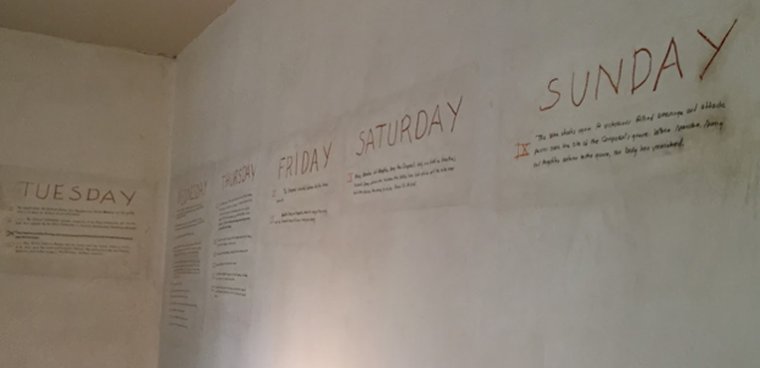

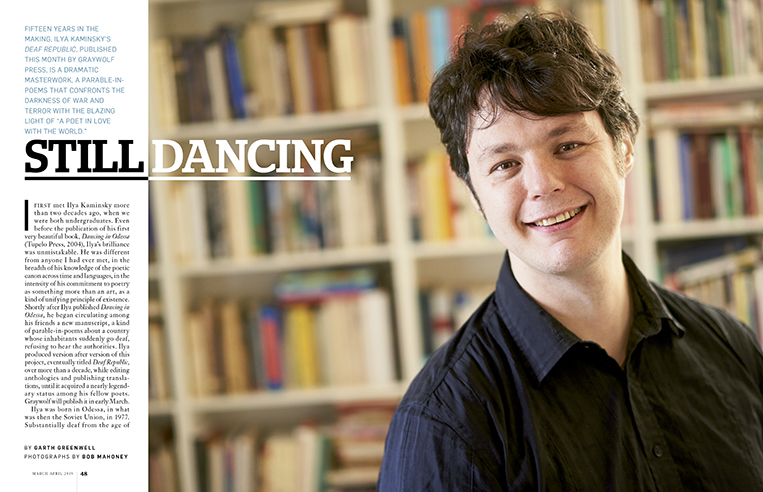
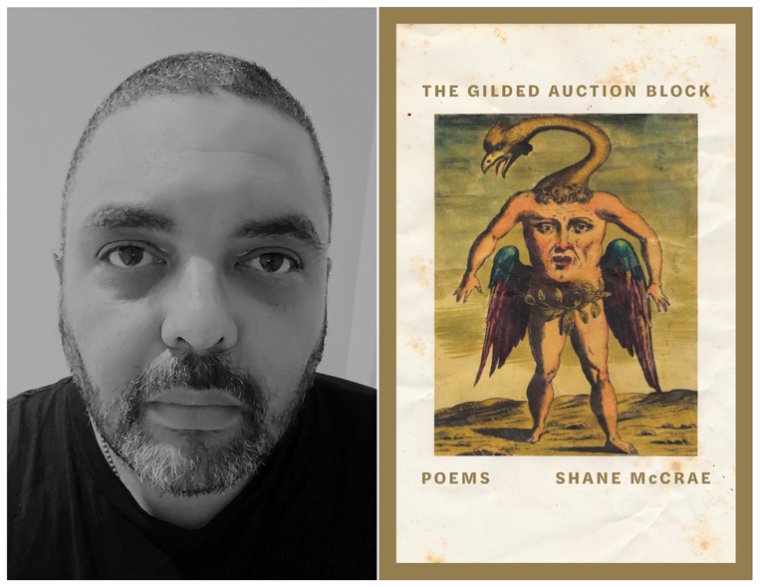
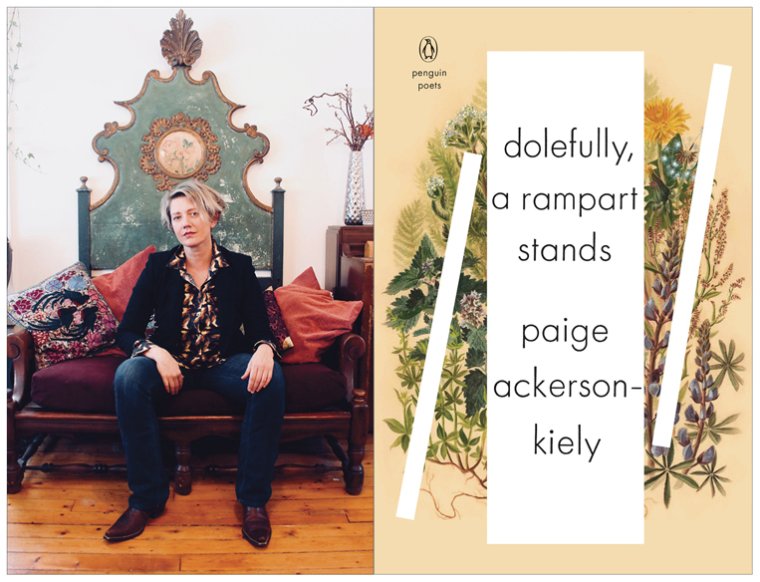
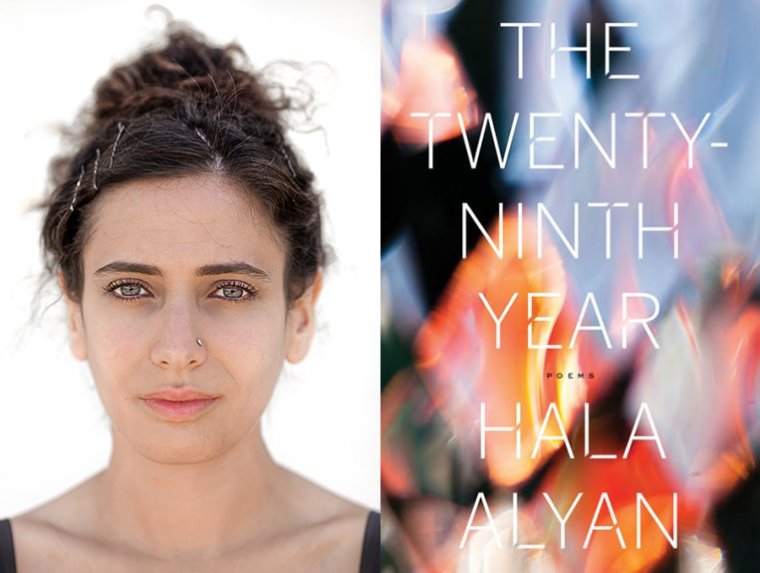










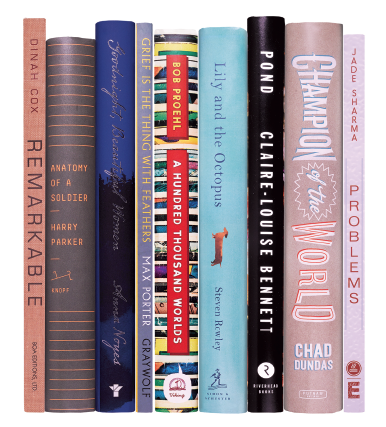
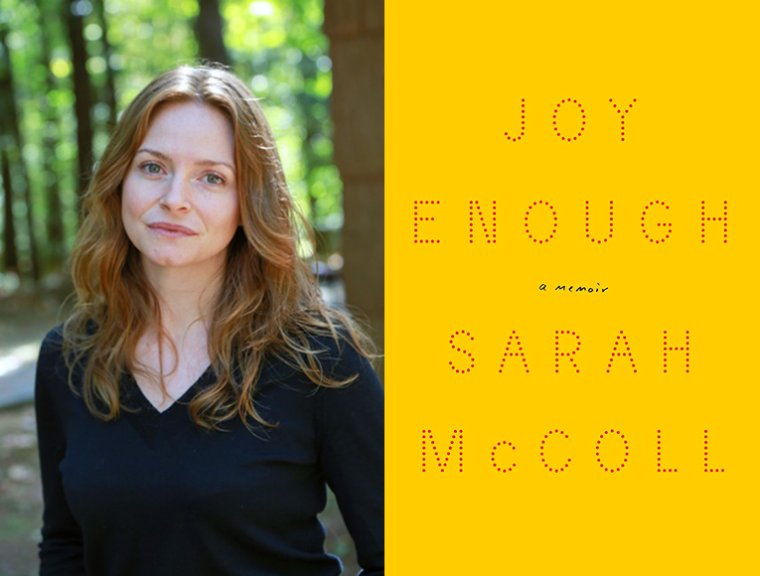
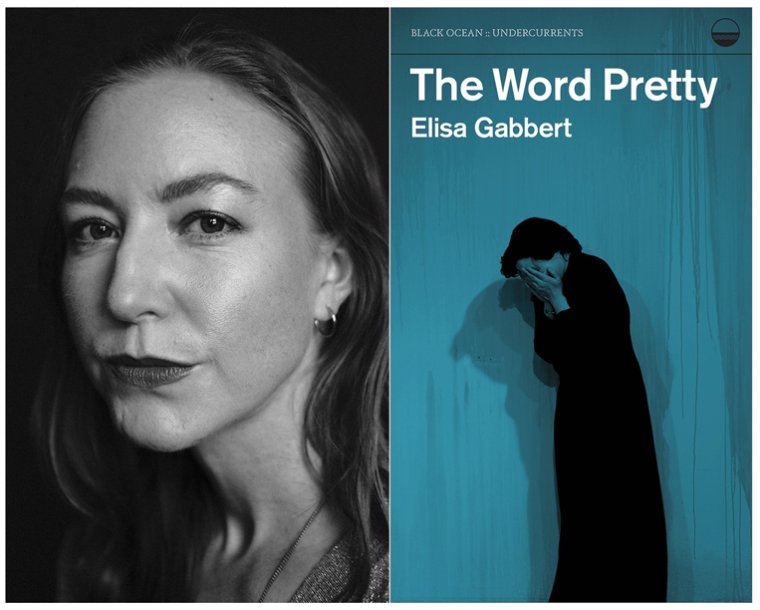
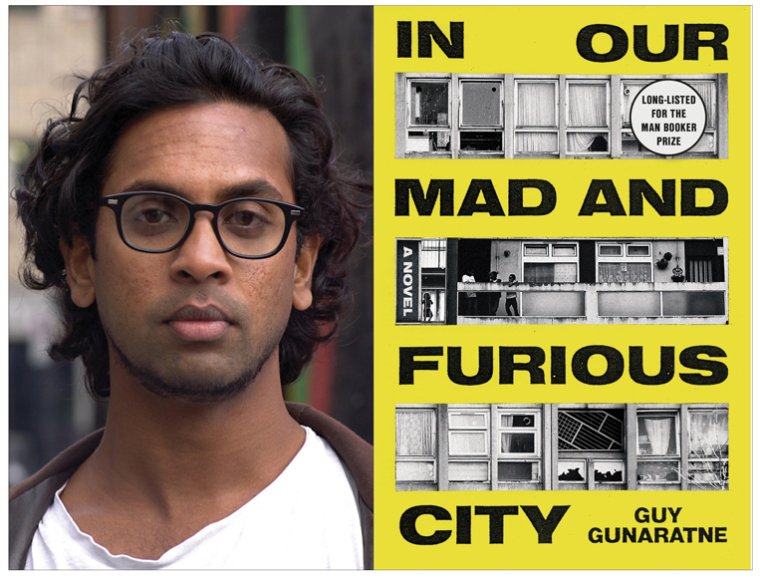
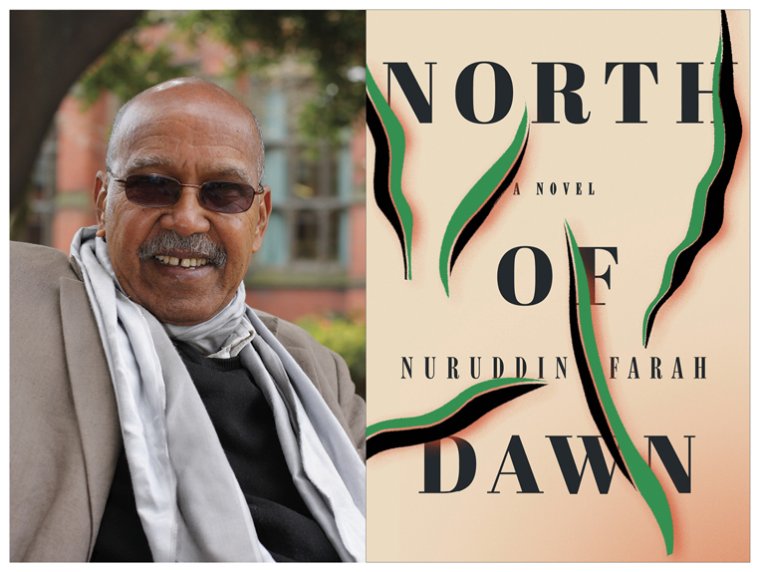
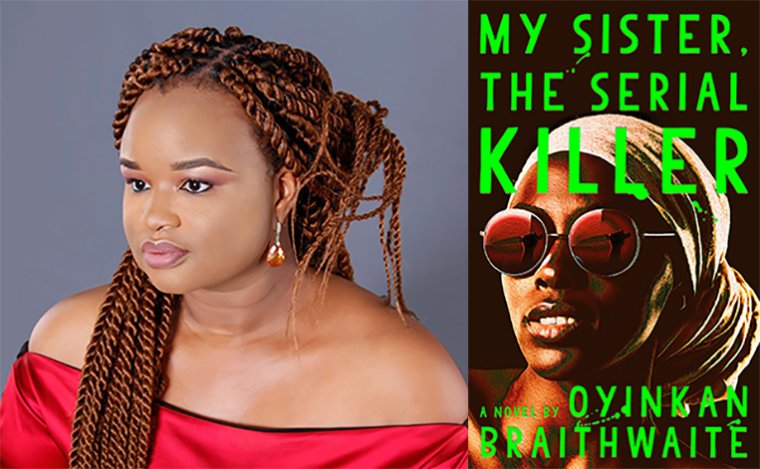
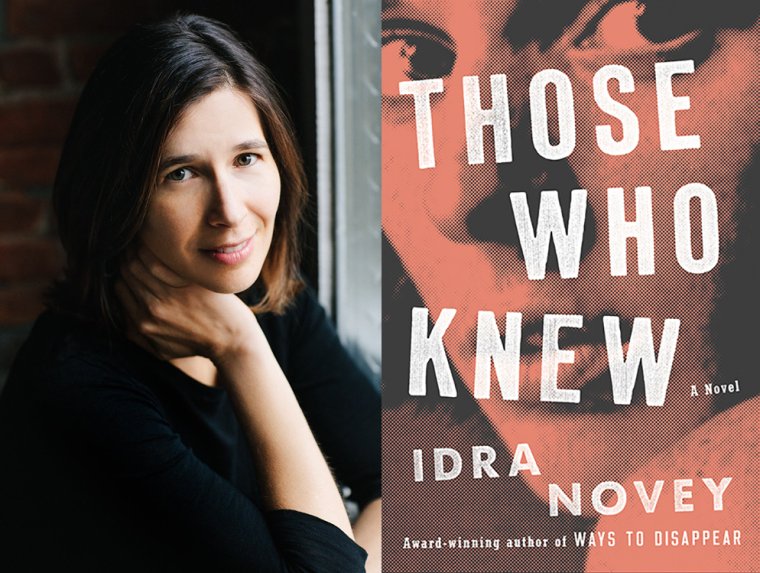
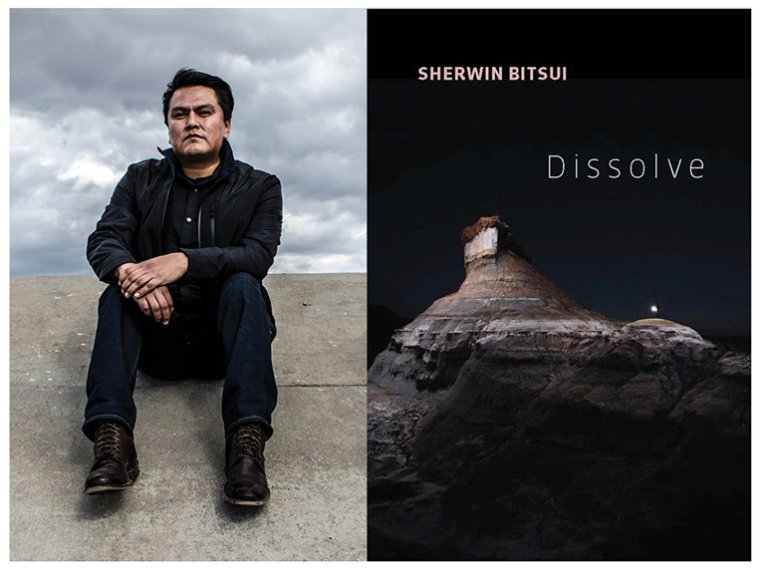


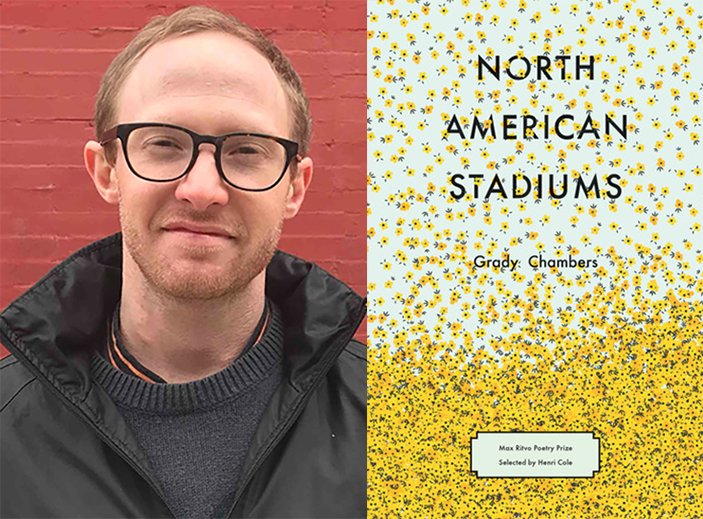
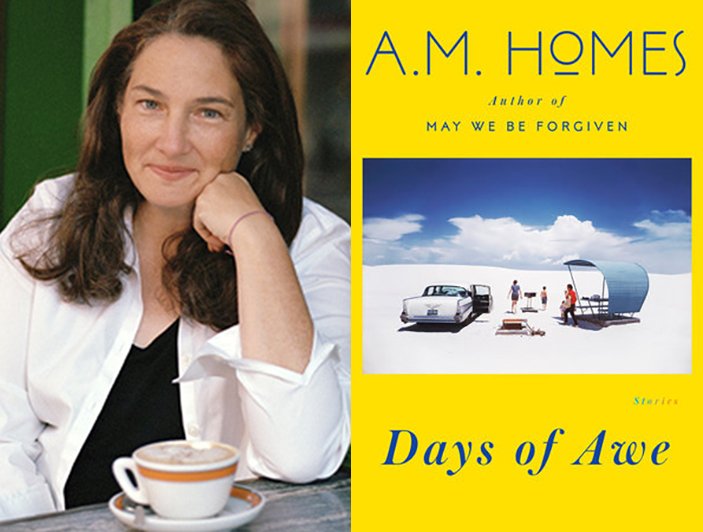
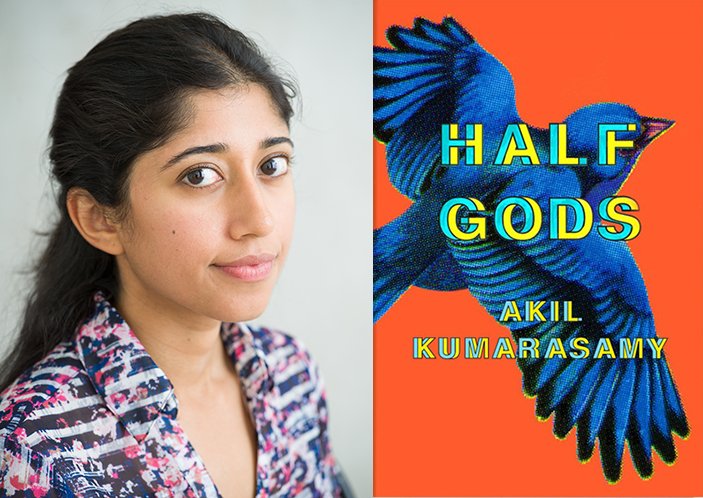
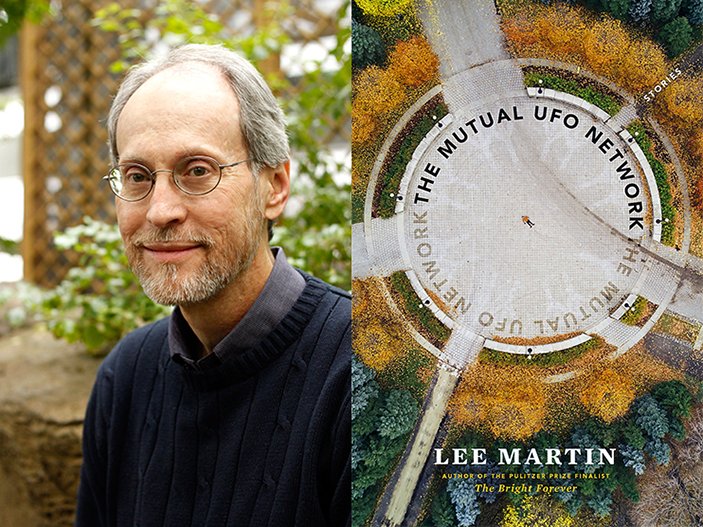
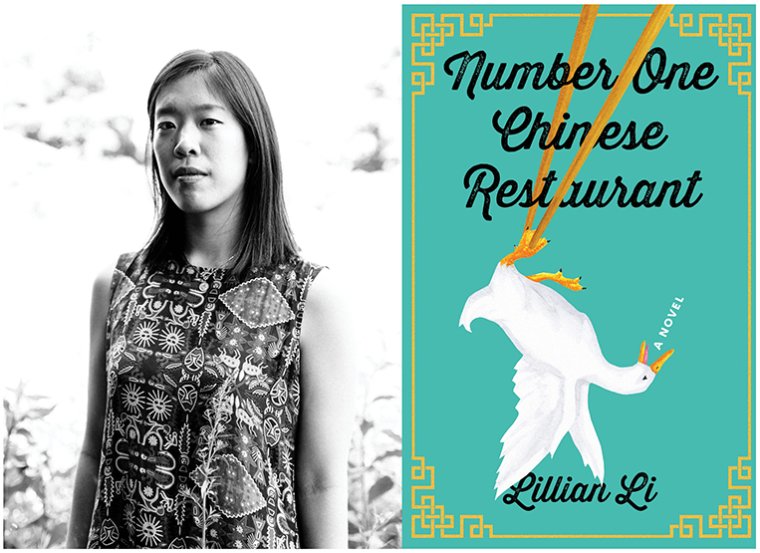

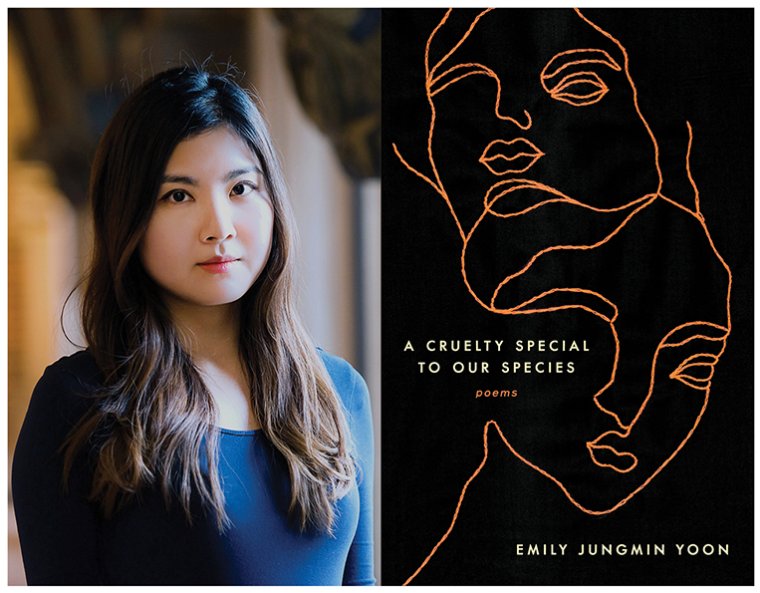
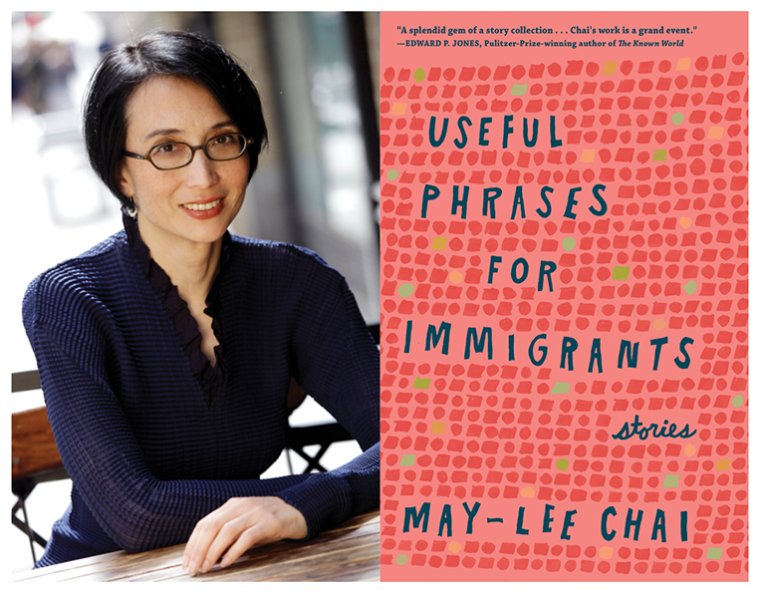
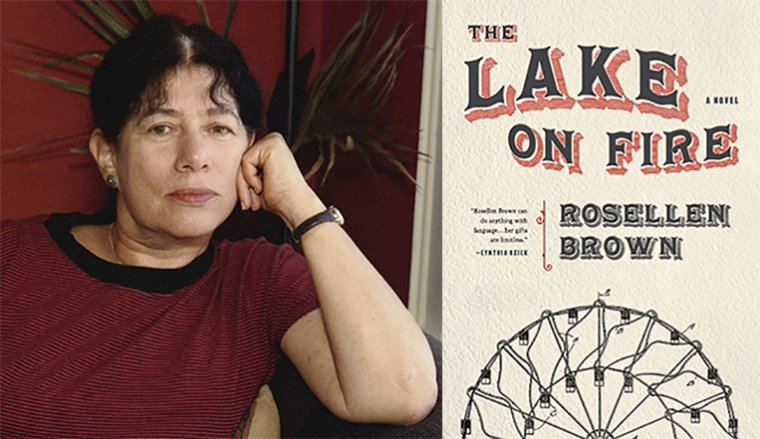
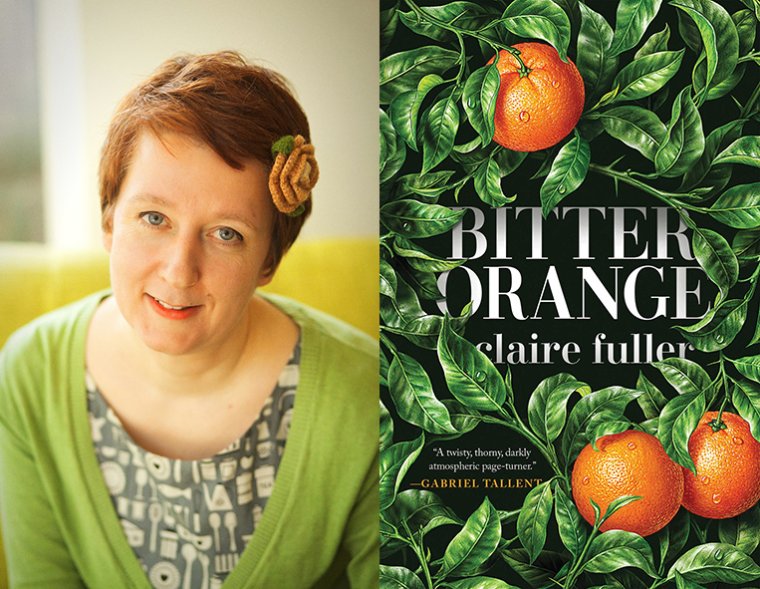
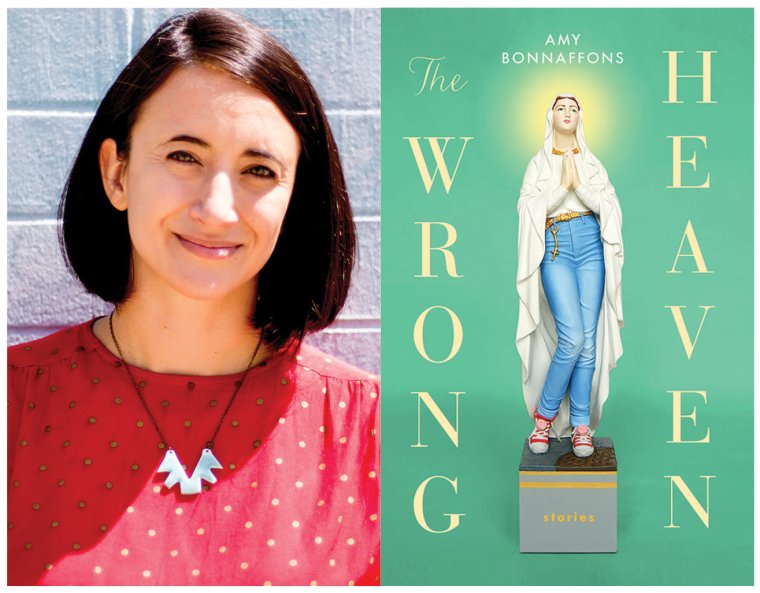
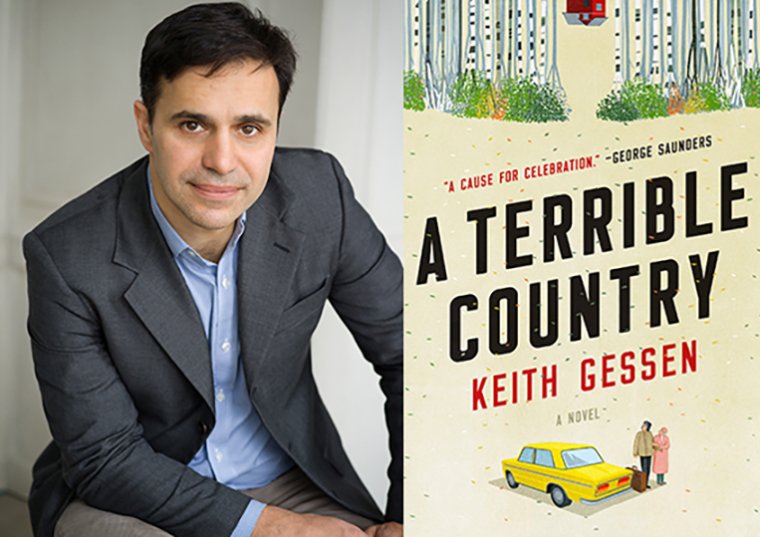
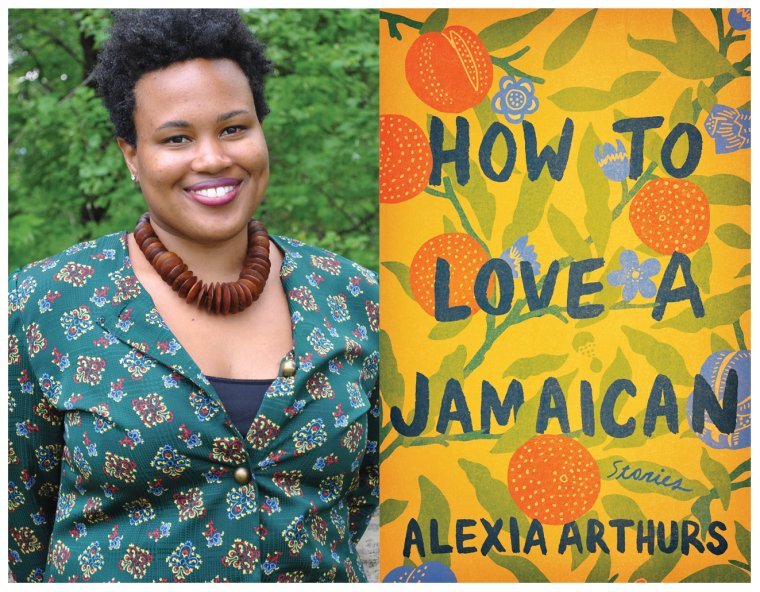
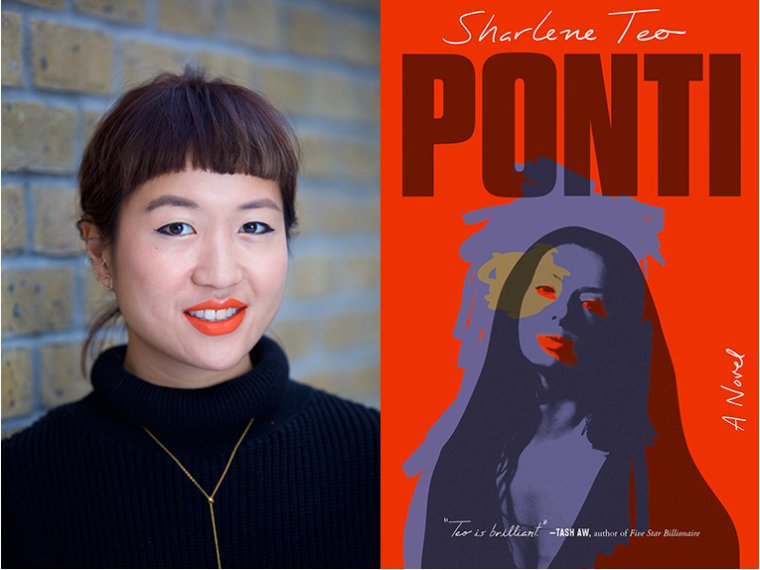
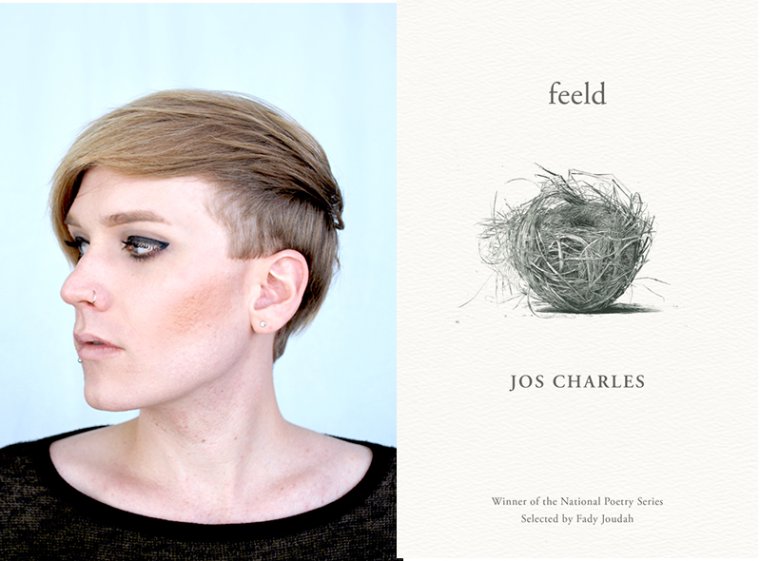
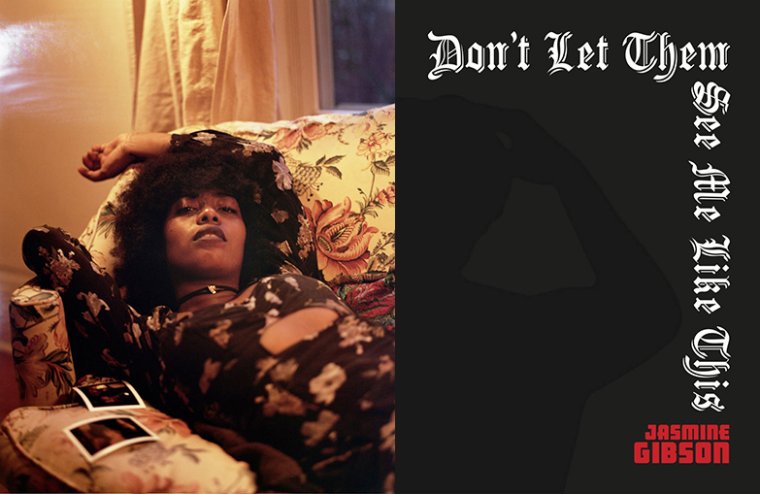
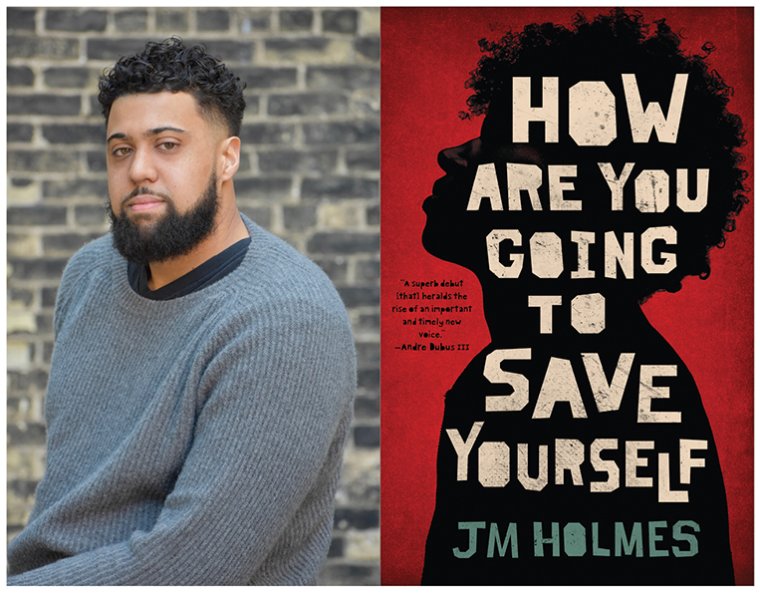




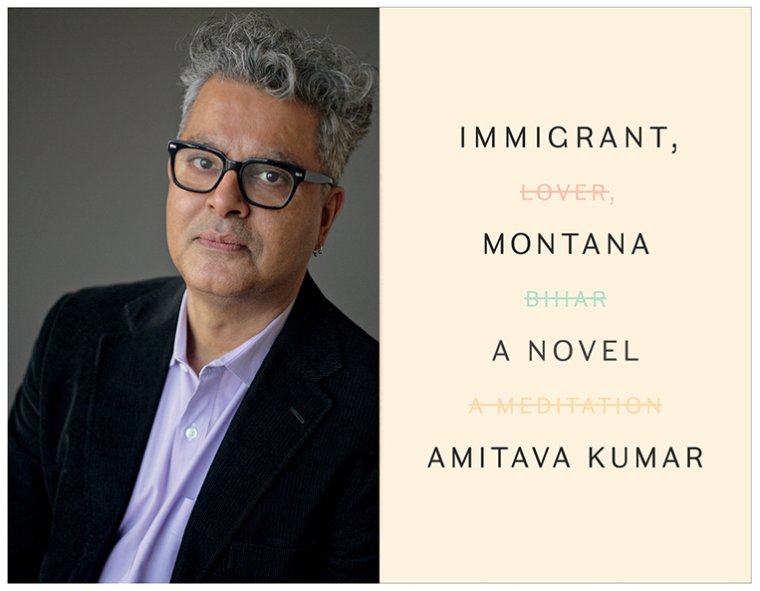
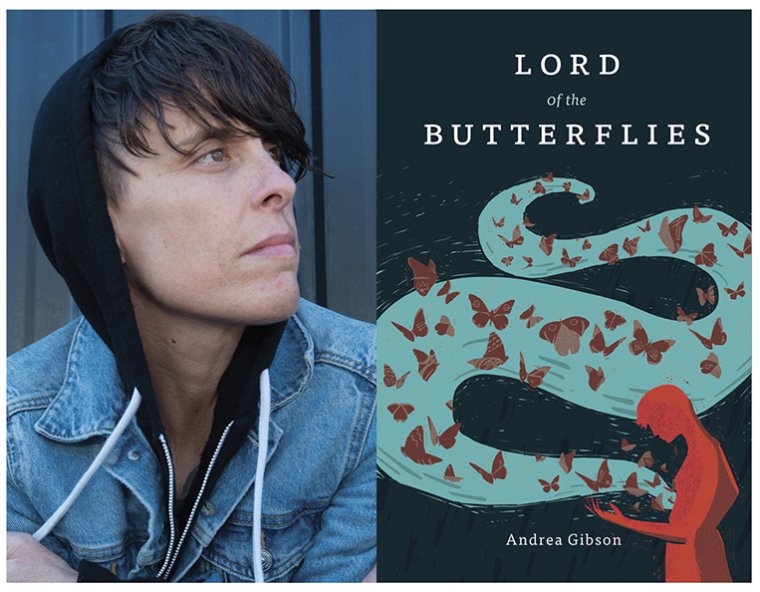
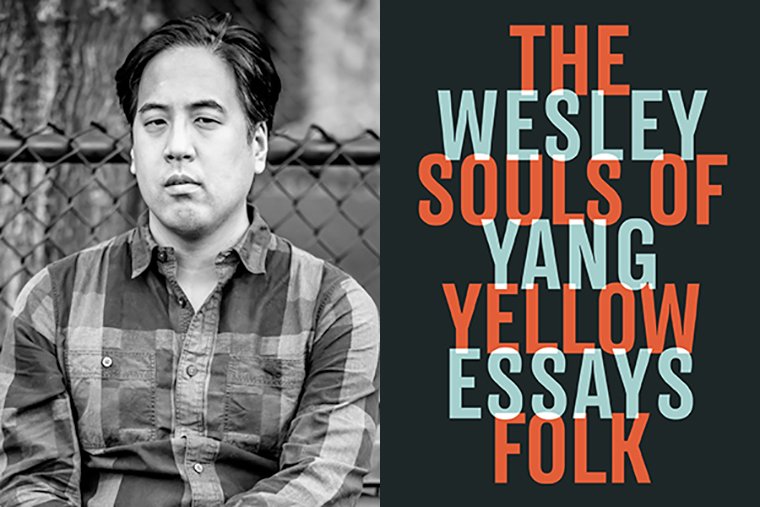
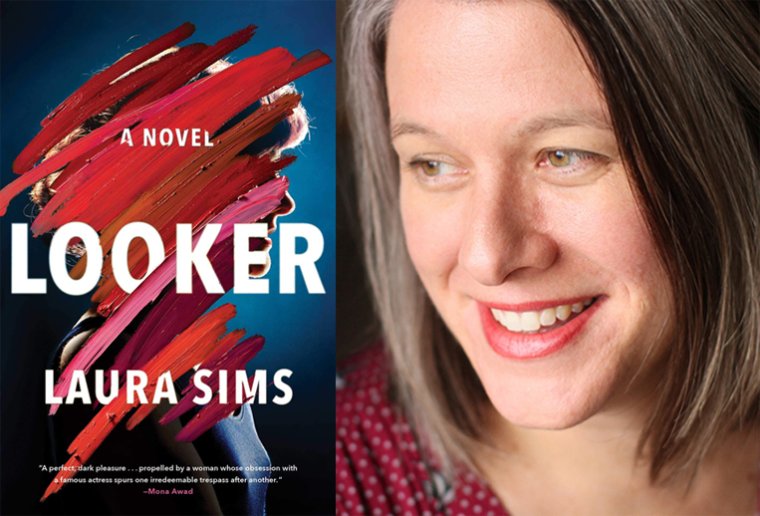
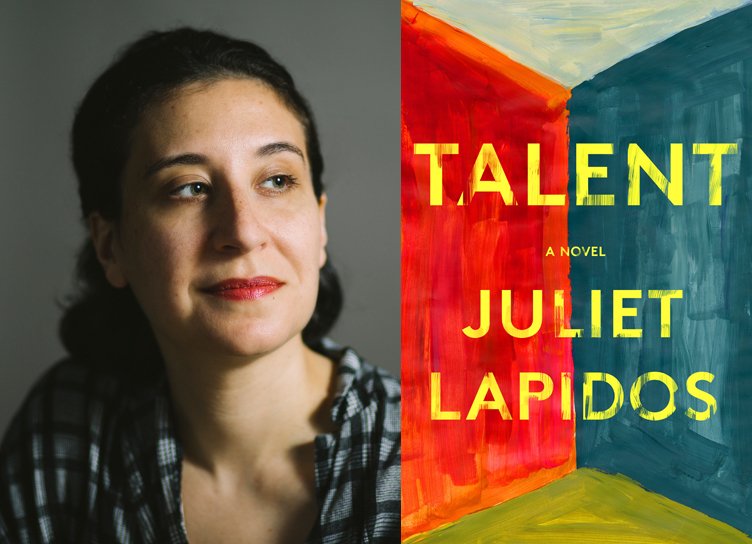

 Over a year ago, I began attending the San Bernardino
Over a year ago, I began attending the San Bernardino  Our workshop participants range in age from mid-twenties to eighties, from college students to retirees. The octogenarian from Germany and the dancer in her twenties who works with at-risk youth have a mutual admiration for each other’s poetry and joie de vivre. The creative process, natural flow in fellowship, and mutual respect makes each meeting memorable.
Our workshop participants range in age from mid-twenties to eighties, from college students to retirees. The octogenarian from Germany and the dancer in her twenties who works with at-risk youth have a mutual admiration for each other’s poetry and joie de vivre. The creative process, natural flow in fellowship, and mutual respect makes each meeting memorable.
